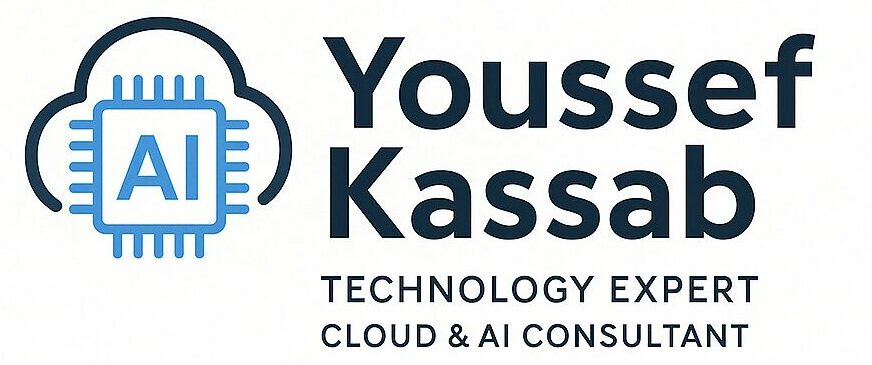In the era of digital transformation, chatbots have become an essential tool for enhancing user engagement and providing immediate assistance to website visitors. Microsoft Azure AI offers robust and flexible services to create intelligent chatbots that can be seamlessly integrated with WordPress websites. This comprehensive guide will walk you through the process of developing your own chatbot using Azure AI and integrating it with your WordPress site.
Understanding Azure AI for Chatbot Development
Azure AI provides a suite of artificial intelligence services that includes Azure Bot Service and Azure Cognitive Services. These platforms enable the creation of intelligent, conversational bots that can interact naturally with users.
- Azure Bot Service: A managed platform that provides the tools to build, test, deploy, and manage intelligent bots in one place.
- Azure Cognitive Services: A collection of AI services and cognitive APIs that help build intelligent apps with capabilities like natural language processing, speech, and decision-making.
Step 1: Planning Your Chatbot
Before diving into the technical aspects, it’s important to outline the purpose and functionality of your chatbot:
- Define the Purpose: Determine what you want your chatbot to achieve. It could be customer support, lead generation, or providing information about products/services.
- Design the Conversation Flow: Sketch out potential dialogues and responses. Decide how the chatbot will interact with users and handle different types of inquiries.
- Identify Key Features: List the features your chatbot must have, like language understanding, speech recognition, or integration with external databases.
Step 2: Setting Up Azure for Chatbot Development
- Create an Azure Account: Sign up for Microsoft Azure if you haven’t already. You’ll get access to Azure Bot Service and Azure Cognitive Services.
- Create a Bot Resource: In the Azure portal, create a new Bot Service resource. Select the bot template that suits your requirements (e.g., Echo Bot, QnA Maker).
- Develop Your Bot: Using the Azure Bot Framework SDK, start building your bot. You can code your bot in C#, JavaScript, Python, or Java.
- Integrate Cognitive Services: Enhance your bot’s capabilities by integrating Azure Cognitive Services like Language Understanding (LUIS) for natural language understanding.
Step 3: Testing Your Bot
- Use the Azure Portal for Testing: Azure provides a Web Chat testing environment in the Azure portal where you can test your bot’s responses and dialog flow.
- Debug and Refine: Based on testing outcomes, refine the conversation flow and fix any bugs. Ensure your bot handles errors gracefully and maintains a natural conversation flow.
Step 4: Integrating the Chatbot with WordPress
- Deploy Your Bot: Deploy your bot on Azure. Once deployed, Azure provides an endpoint URL for your bot.
- Use a WordPress Chatbot Plugin: Choose a WordPress plugin that allows chatbot integration, such as WP-Chatbot or BotPenguin.
- Configure the Plugin: Install and activate your chosen plugin on your WordPress site. Enter the Azure bot endpoint URL and other required credentials in the plugin settings.
- Customize Appearance and Behavior: Adjust the chatbot’s appearance to match your website’s design. Configure the settings to define when and how the chatbot should appear on your site.
Step 5: Monitoring and Updating Your Chatbot
- Use Azure Analytics: Utilize Azure’s analytics tools to monitor your chatbot’s performance. Track metrics like user engagement, conversation paths, and common queries.
- Iterative Improvement: Based on analytics insights, make iterative improvements to your chatbot. Update dialogues, add new features, or integrate more cognitive services as needed.
Step 6: Ensuring Compliance and Security
- Data Privacy and Security: Ensure your chatbot complies with data privacy laws like GDPR. Implement security best practices to protect user data.
- Regular Updates: Keep your Azure resources and WordPress plugins updated to the latest versions to ensure security and performance.
Conclusion
Creating a chatbot using Azure AI and integrating it with WordPress can significantly enhance user interaction on your website. By following these steps, you can develop a sophisticated chatbot that not only serves your business objectives but also provides a seamless experience for your users.
Remember, chatbot development is an iterative process. Continuously gather feedback, monitor performance, and refine your chatbot to better meet the needs of your audience. With Azure AI’s powerful capabilities and WordPress’s flexibility, the possibilities are endless.
Thank you for following this guide. If you have any queries or need assistance in developing and integrating a chatbot on your WordPress site, feel free to reach out. Let’s harness the power of Azure AI to elevate your digital presence!
Discover more from Youssef Kassab
Subscribe to get the latest posts sent to your email.

